All products featured are independently chosen by us. However, SoundGuys may receive a commission on orders placed through its retail links. See our ethics statement.
Best AirPods alternatives
October 18, 2024
While AirPods are the default for most iPhone users, the fact of the matter is that the true wireless market has matured to a point where you have your pick of the litter. There is a vast market of viable alternatives to the AirPods 4 and AirPods Pro 2 to match your needs and budget. Our audio experts at SoundGuys have been reviewing wireless earbuds, including all AirPod models, for over a decade. We independently test each set of earbuds in our testing lab. We also use the earbuds in a variety of environments, including working out, at the office, and while commuting, to see how the earbuds hold up in real-world use.
After testing and reviewing hundreds of wireless earbuds, we’ve come up with a list of the best AirPods alternatives. Some of these options, such as the Creative Aurvana Ace 2, offer better sound quality than AirPods. Other options, such as the Beats Fit Pro, provide a more secure fit than AirPods, which makes them better for working out. Save your money on expensive AirPods, and get one of these great high-performing earbuds instead.
Our Top Tested Picks
The best for most people:
The best for audiophiles:
The best for runners:
The best for travel:
The best under $100:
The best value:
Deeper Dive: Our Top Tested Picks
The Nothing Ear are the best AirPods alternative for most people


Pros:
- Comfortable
- Great sound
- Awesome companion app
- LDAC and LHDC support
Cons:
- Mediocre noise canceling
- ANC changes the sound quality
The Nothing Ear have a similar shape and feel as the AirPods Pro, making them a good alternative. The Nothing Ear scored well in our sound quality tests, plus they have a great custom equalizer to tweak the sound. The feature-packed app is available on both iOS and Android.
If you want performance-packed earbuds that don’t break the bank, you should consider the Nothing Ear. These earbuds can keep up with the best options from Apple, Bose, and Sony, but at about half the price.
| Release date | April, 2024 |
|---|---|
Dimensions | Case: 55 x 55 x 22 mm Earbud: 29 x 22 x 24 mm |
Weight | Earbud: 4.6g Case: 51.9g |
Water resistance | IP54 |
Connectivity | Bluetooth 5.3: LHDC, LDAC, SBC, and AAC |
Learn more: Nothing Ear review
The Creative Aurvana Ace 2 have excellent sound quality


Pros:
- xMEMS drivers deliver great sound quality
- Latest and greatest Bluetooth technology
- Unique design with a flashy case
- Lightweight and comfortable to wear for hours
Cons:
- Mediocre noise canceling performance
- No auto play/pause sensors
If you’re looking for top-notch sound quality in wireless earbuds, the Creative Aurvana Ace 2 should be on your radar. Featuring an impressive xMEMS driver system, these earbuds deliver exceptional audio, with the added benefit of sound customization through the Creative app. Plus, with aptX Lossless support, they offer a compelling option for audiophiles seeking high-fidelity listening on the go.
The Creative Aurvana Ace 2 are designed for audiophiles who demand superior sound quality from their wireless earbuds. That said, they are still cheaper than buying AirPods Pro 2.
| Release date | November, 2023 |
|---|---|
Dimensions | Case: 65 x 49 x 27 mm Earbuds: 34 x 23 x 26 mm |
Weight | Earbud: 4.7g Charging case: 37.2g |
Water resistance | IPX5 |
Connectivity | Bluetooth 5.3: aptX Adaptive, SBC, AAC |
Learn more: Creative Aurvana Ace 2 review
The Beats Fit Pro are the best workout earbuds

Pros:
- Compatible with both Android and iOS
- In-app feature for testing ear tip fit2
- IPX4 water resistance rating
Cons:
- On the pricier side
- Bulky charging case
- Known issues with ANC and firmware updates
The Beats Fit Pro offers seamless usability with both Android and iPhone, showing that Apple-owned Beats is aiming to attract a broader audience—and it’s working. With a secure fit, thanks to the ear tip fit test and multiple ear tip options, these earbuds live up to their name. The sound quality will satisfy most athletes, but the Fit Pro performs just as well in an office setting as it does in the gym.
iPhone users seeking compact workout earbuds that fit securely and adapt to any setting should consider the Beats Fit Pro. With the H1 chip, iPhone owners can easily access Siri, enjoy personalized Spatial Audio, and more. While Android users are left out of some features, the Beats Fit Pro still work well on Android. Athletes of all kinds will appreciate what the Fit Pro brings to the table, from its stable ear wing design to the punchy bass that adds energy to any workout.
| Release date | November 5, 2021 |
|---|---|
Dimensions | Earbud: 30 x 24 x 19 mm Case: 62 x 62 x 29 mm |
Weight | Earbud: 5.6g Case: 55.1g |
Water resistance | IPX4 |
Connectivity | Bluetooth 5.0: SBC, AAC |
Learn more: Beats Fit Pro review
The Galaxy Buds FE have ANC that punches above their weight


Pros:
- Affordable price
- Compact charging case
- Effective active noise cancellation
Cons:
- Limited moisture resistance
- App collects too much data
- Overemphasized bass
For sub-$100 earbuds, the Samsung Galaxy Buds FE are one of the best options you’ll find, offering impressive value for their price. These earbuds are particularly well-suited for commuters, whether you’re catching the train or flying on a plane. With a comfortable fit, decent sound quality, and effective noise isolation, the Galaxy Buds FE make for reliable travel companions. Their compact design and solid battery life ensure that they can easily handle long commutes, while seamless Bluetooth connectivity keeps your audio experience hassle-free. For budget-conscious listeners, these earbuds are a dependable pick for daily use.
The Samsung Galaxy Buds FE are an excellent choice for Android users seeking compact, budget-friendly earbuds without compromising on essential features. Despite their affordable price, these earbuds deliver solid audio performance and a comfortable, lightweight design that’s perfect for everyday use. Ideal for casual listeners or those new to wireless earbuds, the Galaxy Buds FE offer great value with reliable sound quality, intuitive controls, and easy pairing. Whether you’re commuting, working out, or just relaxing, these earbuds provide a convenient and wallet-friendly option for quality audio on the go.
| Release date | 2023 |
|---|---|
Dimensions | Case: 50 x 50 x 28 mm Earbuds: 19 x 17 x 22 mm Ear tip diameter: 4 mm |
Weight | Earbud: 5.6g |
Water resistance | IPX2 |
Connectivity | Bluetooth 5.2: SBC, AAC, SSC |
Learn more: Galaxy Buds FE review
The Anker Soundcore Liberty 4 NC are the best bang for your buck


Pros:
- Affordable price
- Active Noise Cancellation (ANC)
- Long battery life
- Supports LDAC, AAC, and SBC codecs
- IPX4 water resistance
- Fast Pair compatibility
- Wireless charging
Cons:
- Bulky charging case
- Many EQ presets emphasize bass too much
The Anker Soundcore Liberty 4 Pro are strong contenders for the best affordable noise-canceling option, offering excellent performance for the price. With an IPX4 rating, solid battery life, and effective ANC, they deliver great value. While they might not be ideal for running, they’re a reliable choice for most everyday activities. If you’re seeking budget-friendly noise-canceling earbuds, these are definitely worth considering.
Savvy shoppers who aren’t swayed by big-name brands will appreciate the features and performance of the Anker Soundcore Liberty 4 NC. These earbuds are a great option for students and budget-conscious users seeking noise cancelation at a reasonable price. Audio enthusiasts will find plenty to explore with the extensive customization options in the companion app, while bass lovers will enjoy the default tuning and bass-heavy EQ presets.
| Release date | June, 2023 |
|---|---|
Dimensions | Case: 55mm x 30mm x 55mm |
Weight | Earbud: 5.7g |
Water resistance | IPX4 |
Connectivity | Bluetooth 5.3: SBC, AAC, LDAC |
Learn more: Anker Soundcore Liberty 4 NC review
The Skullcandy Rail ANC is another smart budget pick
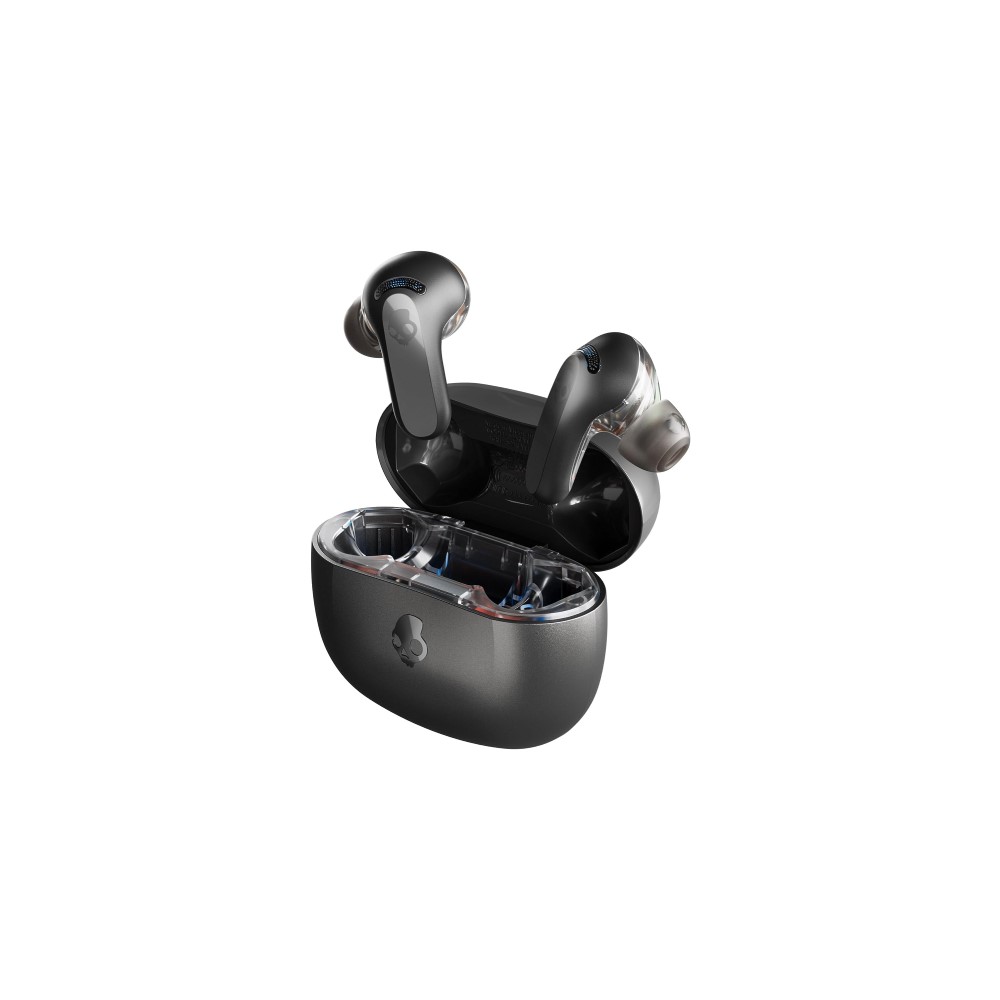

Pros:
- IPX4 water resistance
- Long battery life
- Personalized sound with MIMI
- Comprehensive companion app
- Built-in Tile tracking for easy locating
Cons:
- Bulky design
- Mediocre microphone quality
- Bass-heavy default sound
If you’re looking for comfortable earbuds with solid functionality and a useful companion app, the Skullcandy Rail ANC are a dependable choice. While their bulkier design might not suit everyone, they make up for it with responsive touch controls and effective noise cancelation.
For those seeking effective noise cancelation under $100, these earbuds offer simple, no-fuss operation. They’re ideal for students and budget-conscious office workers who want core features without the frills. Bass lovers will appreciate the default sound, while the app’s flexible EQ allows for easy adjustments when a less bass-heavy experience is needed.
| Release date | June, 2023 |
|---|---|
Dimensions | Cable length: 135mm |
Weight | Case: 50g |
Water resistance | IPX4 |
Connectivity | Bluetooth 5.2: SBC, AAC |
Learn more: Skullcandy Rail ANC review
Should you get the AirPods Pro or AirPods Max instead of the AirPods?
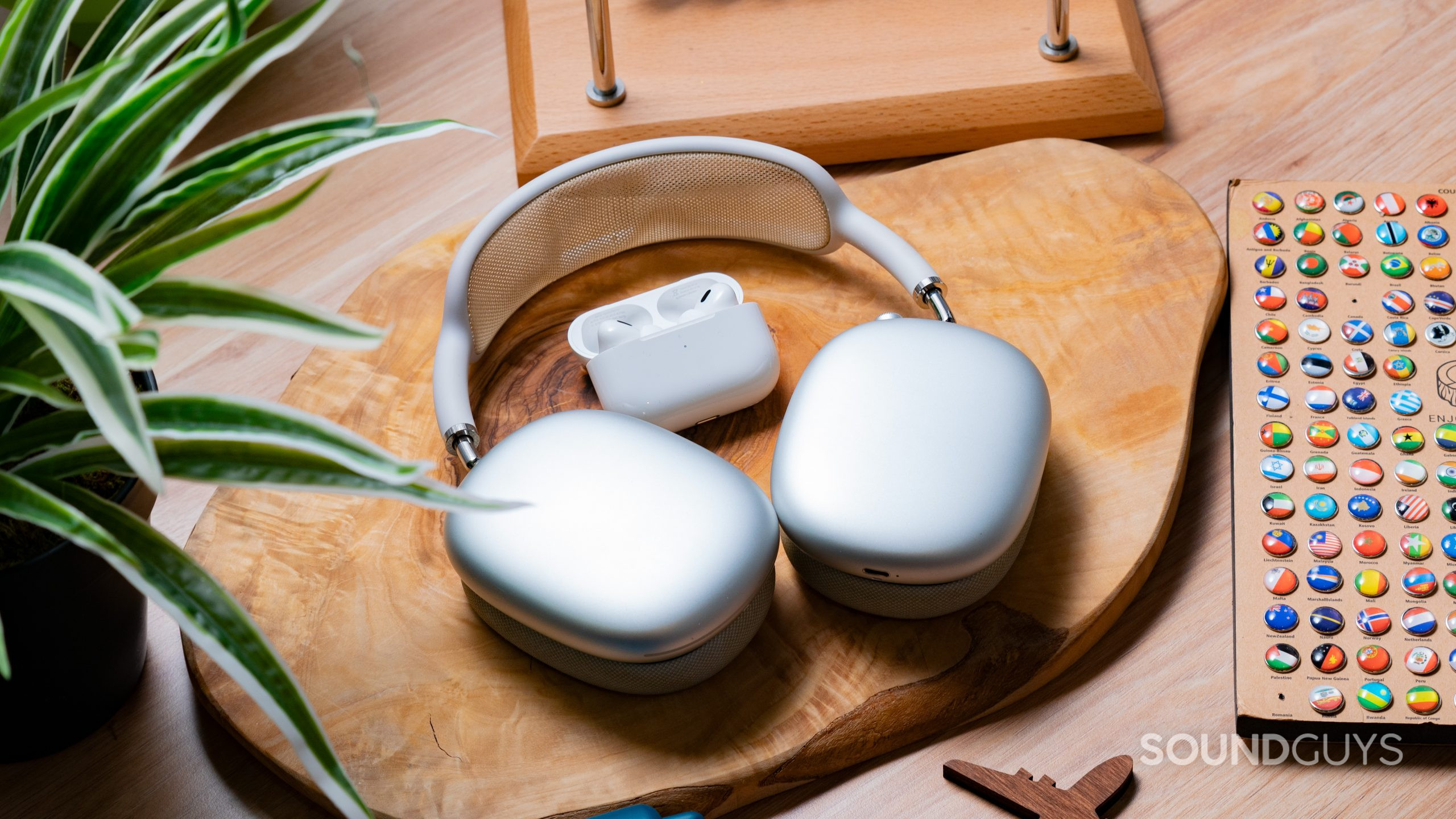
Despite the fact that it’s the obvious step up in the AirPods family, we chose not to highlight the AirPods Pro or AirPods Pro 2. They don’t offer the same sound quality or battery life upgrades as some of the other picks here, though they do outperform the AirPods 4. Additionally, these products have much more to offer Apple users than Android users. To be sure, the Pro is an excellent set of true wireless earphones. We figure that if you want AirPods, you’ll get AirPods — this list is for alternatives, not confirming a predetermined outcome. There’s a separate one for AirPods Pro alternatives.
The Apple AirPods Max is a niche product solely based on its cost-prohibitive price. After taxes, these headphones cost $549, and the features are limited to Apple devices. That said, Apple packed plenty of advanced hardware into its debut headphones, including Spatial Audio and a convenient H1 chip. At release, these cans also scored the highest in raw noise canceling performance we’ve ever seen, and they have incredible sound quality.
What you should know about wireless earbuds
If you want to get the abridged version of everything you need to know about the best Apple earbuds alternatives, then read through our quick sections below. For those who have more time and want to learn more, be sure to click through our more comprehensive features linked throughout the following sections!
What is frequency response?
A frequency response just indicates how well a pair of earbuds reproduces all tones within a given range (usually 20Hz-20kHz). When you view a frequency response chart, it’s just a visual depiction of how that product sounds. It’s not the whole story, but it is illuminating information. There is no “perfect” frequency response because that depends on what you like. We have, however, created our own in-house target curves for consumer and studio headphones to best match what we believe fits that particular use case and target demographic.
How do you wear true wireless earbuds?
Wireless earbuds can be difficult to fit, though few are more difficult than the unsealed design of AirPods. Each pair of earbuds wears a little differently than the next, but all you really need to do is make sure you find the proper ear tips for your ear canals.
Companies usually provide something within the range of small, medium, and large, and then some extras if you buy fancy earphones. Even with this standard three-size selection, most listeners should find something comfortable that seals to their ear canals. While all of our best AirPods alternative picks have distinguished nozzles that truly insert into the ear, sometimes the included ear tips just don’t jive well. If that’s the case, there are plenty of third-party ear tips you can choose from. Memory foam options tend to yield the best results by improving bass response and clarity.
Why is a good seal important? Well, it blocks out background noise, which may otherwise make it hard for you to hear your music. Background noise masks your music’s detail, which can cause you to increase the volume to dangerous levels. Don’t do that. Prolonged periods of exposure to loud volume outputs could irreversibly damage your hearing.
What is a Bluetooth codec?
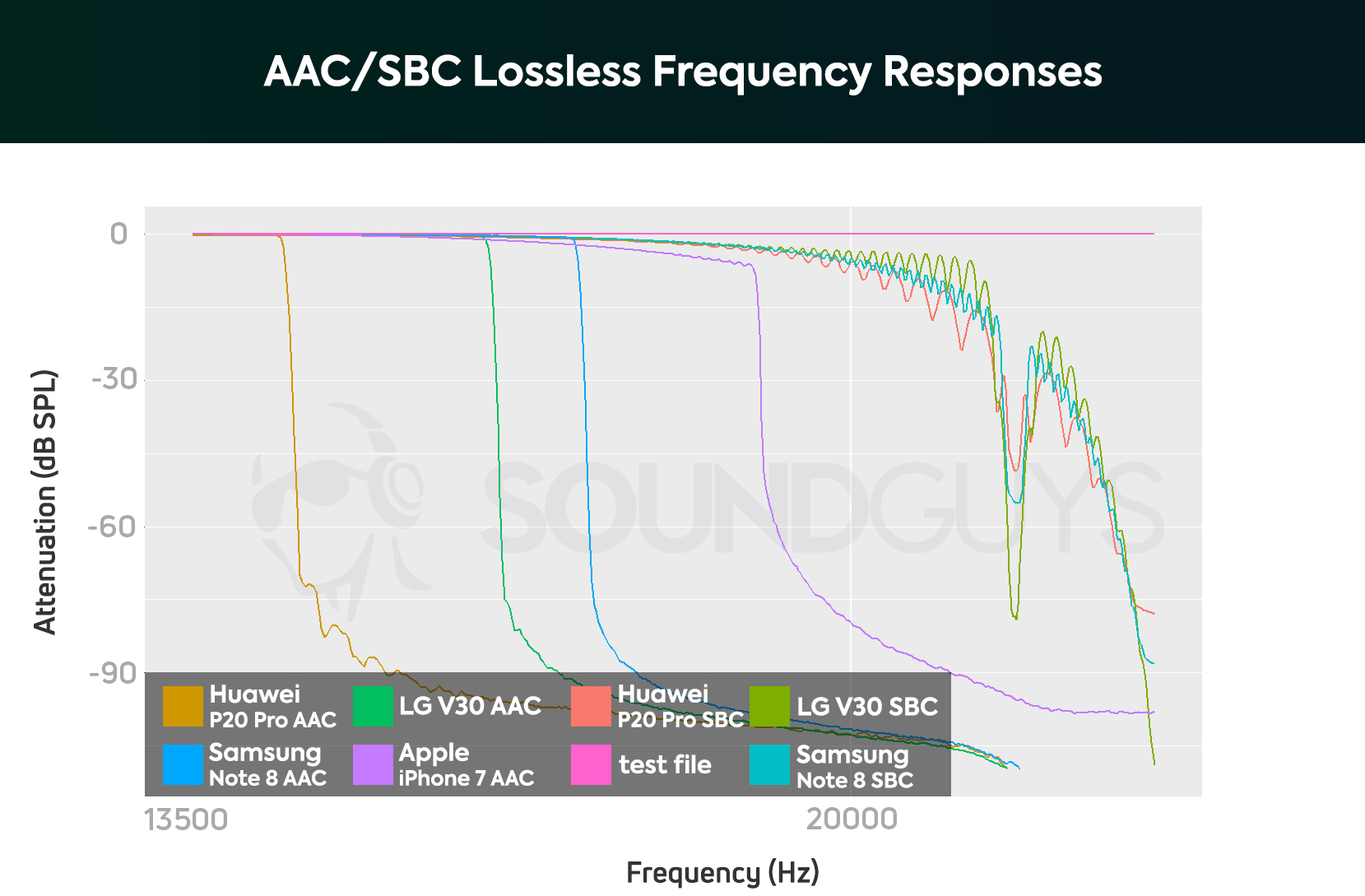
A Bluetooth codec determines how your source device transmits data to your headset, with the most popular codecs being SBC, AAC, and aptX. If you want the best audio quality, you need to kick it old school and connect via a TRRS plug. We have a handful of Bluetooth codec-related articles for you to take in on your own time, but for now, know this: If you’re an iPhone user looking for AirPods alternatives, you’ll want to look at ‘buds that support AAC. If, on the other hand, you’re an Android user who’s drawn to the AirPods but doesn’t actually want it, go for picks with aptX support.
How long do wireless earbuds last?
This question has a few answers. Generally speaking, true wireless earbuds last anywhere from four to six hours on a single charge, with the case providing an extra one to four charge cycles. These numbers vary widely across the spectrum of earbuds.
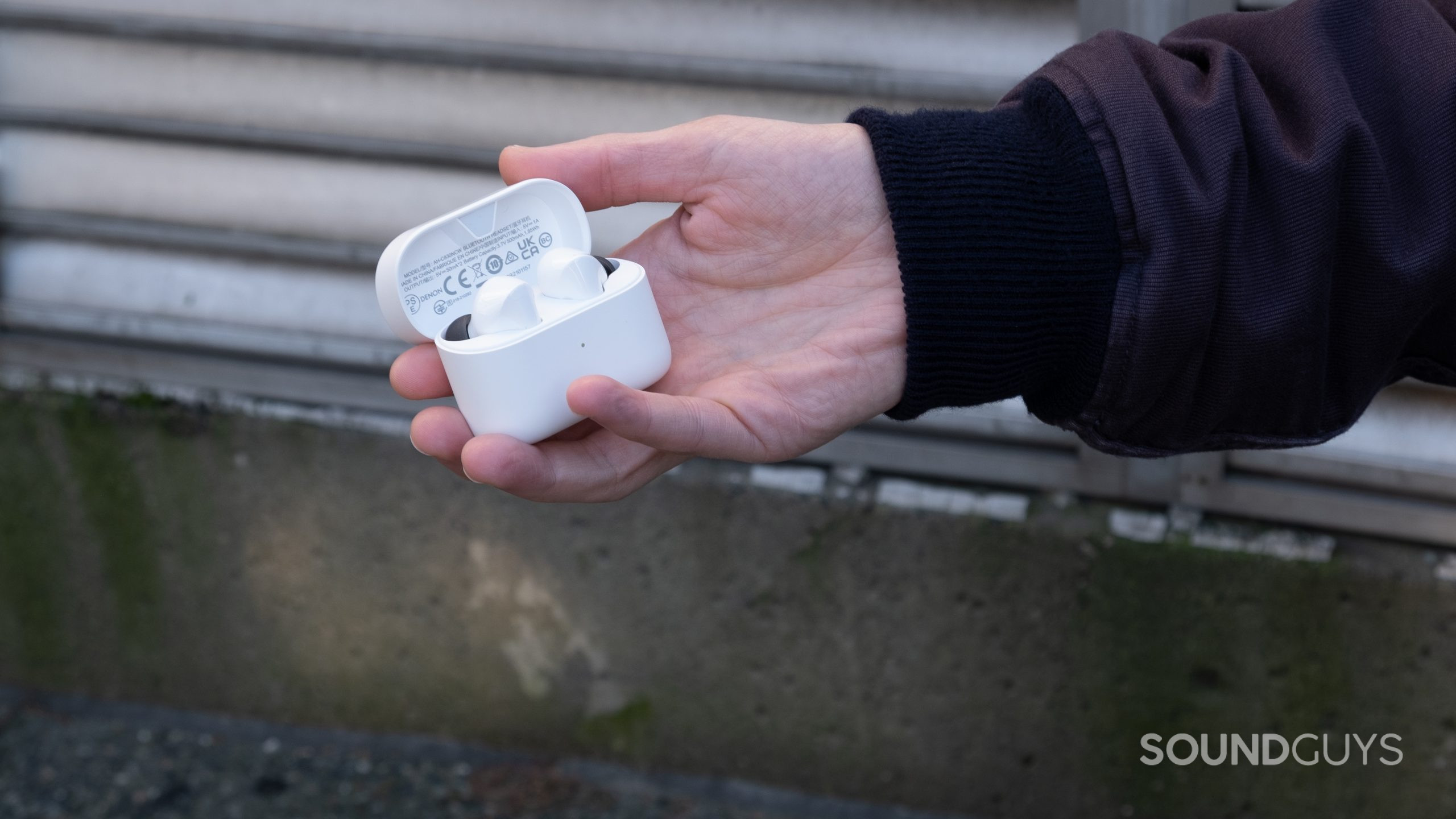
If you want to know how many years wireless earbuds last, well, that’s a more complicated question that depends on your use habits and how you store the buds when not in use. Those who use their true wireless earbuds every single day will likely get two years, maybe three, out of them before the batteries kaput.
Wireless earbuds have a limited lifespan because they house lithium-ion batteries that degrade over time. When talking about true wireless earbuds, it’s important to realize that these buds’ batteries are constantly subjected to a charge/deplete cycle that only hastens the degradation process.
To mitigate this, companies like Apple use battery optimization software that stops the case from charging the earbuds beyond 80% until you’re about to learn them. This requires you to have an iPhone or iPad and use your earbuds on a semi-regular schedule.
Why won’t your true wireless earbuds connect?
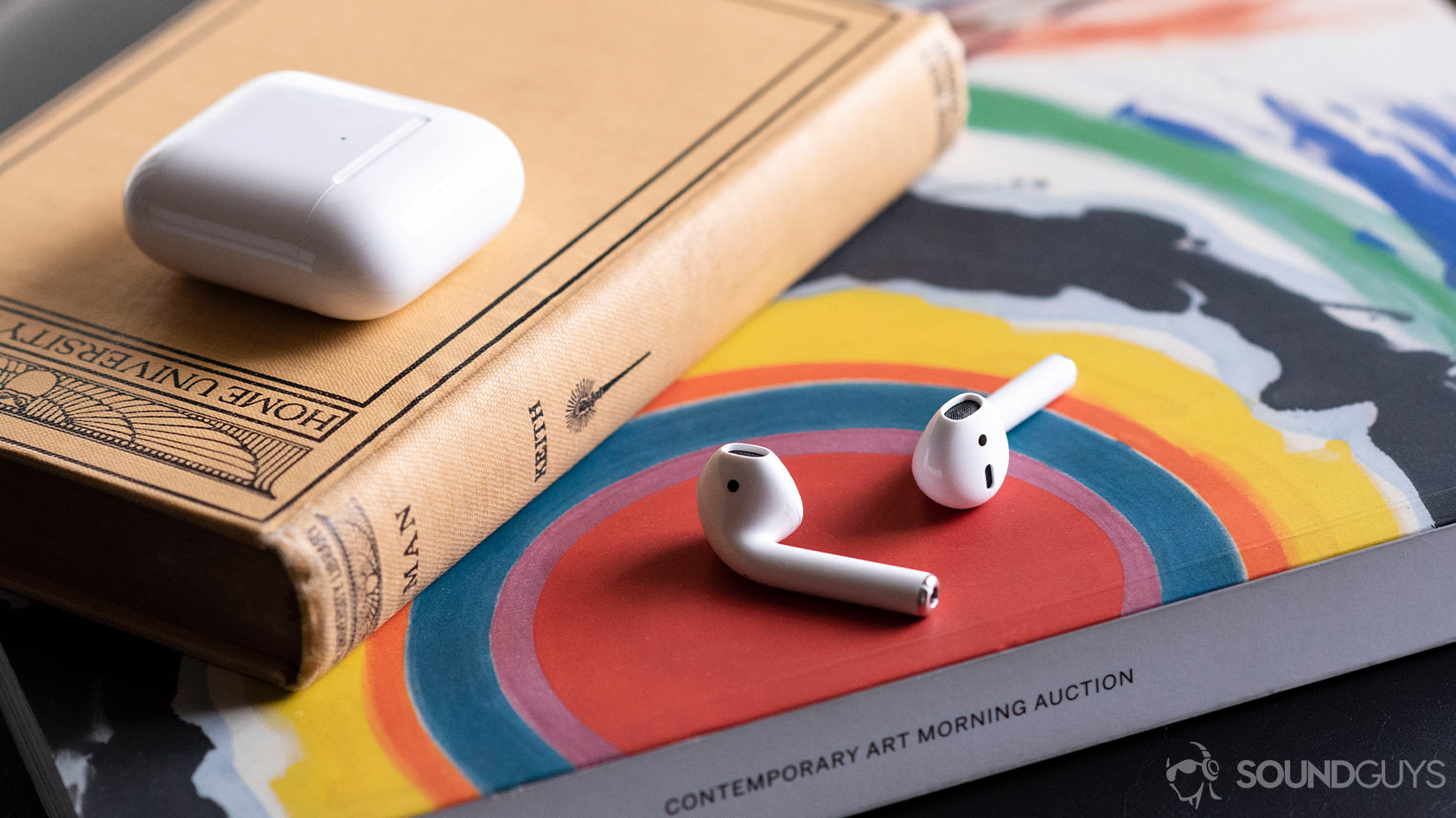
True wireless earbuds often rely on one earbud as the primary recipient, which then passes information to the other earbud. This process can lead to audio-visual lag, connection hiccups, or complete dropouts. It’s the sacrifice we make for freedom of movement and portability. Even though companies are making strides, namely Apple with its H1 chip, when it comes to stable connectivity, there remains a long way to go. If you need a guaranteed stable, wireless connection, standard wireless earbuds are likely a better choice. Either that or the AirPods for iPhone users.
How we choose the best AirPods alternatives
We strive to provide our readers with practical and reliable picks for our best lists and understand that audio is both an objective and subjective experience. The former is why we champion our in-house testing, which we subject as many products to as possible, and the latter explains why we cover as much as possible about a particular product for its respective review. You can also read about the scoring philosophy that we apply to every review.
Why you should trust SoundGuys
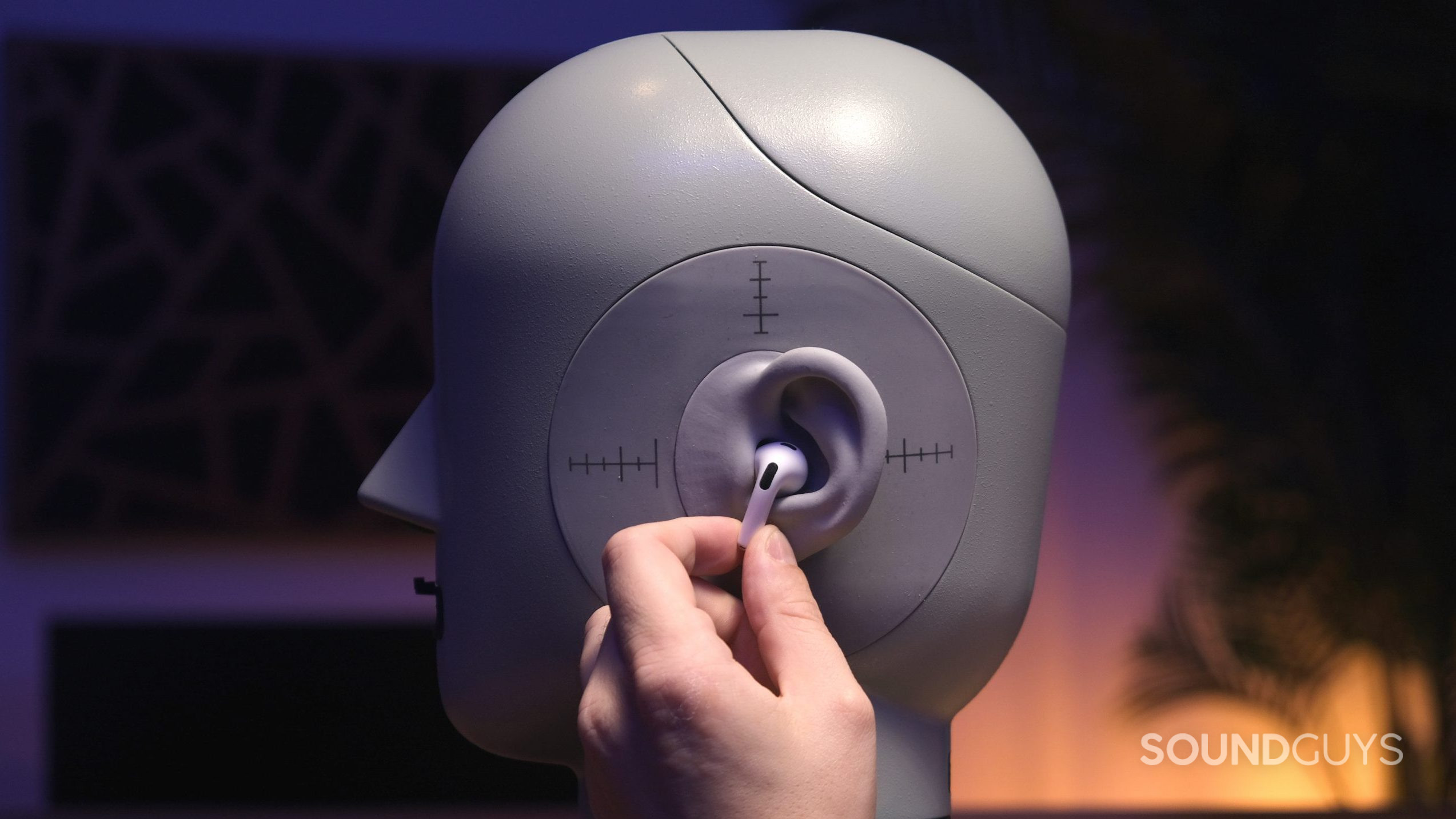
We work relentlessly to better understand the world of audio. Individually, each of us has multiple years of tracking the audio industry, affording us as a team a diversified skill set that we use to make the research side of consumer audio less intimidating for our readers. We hand-test hundreds of earbuds, headphones, and speakers every year. Every product mentioned on this best list has been through our comprehensive testing lab, and has been used in the real-world by our editorial team.
Regardless of what you end up purchasing, if you end up purchasing anything at all, none of our writers may benefit from picking one product over another. In fact, none of the writers will ever know if a link was clicked. At the end of the day, our goal is for you to be happy and walk away more informed.
About the author
Chase Bernath is the Managing Editor at SoundGuys, where he oversees content related to headphones, earbuds, speakers, and all things audio. Chase studied Commerce and Applied Music Technology at the University of British Columbia in Vancouver, Canada. You can learn more by reading Chase’s full bio.
Frequently asked questions about true wireless earbuds
Any of our picks for the best AirPods alternatives will work with an Android smartphone, but if you want the best experience for your needs, look at our list of the best Android earbuds.
Yes, there are several cheaper alternatives to AirPods available in the market. Make sure to take a look at our list of the best cheap wireless earbuds.
For those looking to replace or find alternatives to the AirPods Pro ear tips, there are several third-party options available. Brands like Comply, Dekoni Audio, and AhaStyle offer foam and silicone ear tips that are compatible with AirPods Pro. These alternatives can provide just as comfortable a fit and sometimes even better noise isolation to enhance the overall listening experience.
AirPods are generally considered better than Raycons, especially in terms of sound quality. While Raycons offer a variety of colors and a lower price point, we’ve found the sound quality of the ones we’ve reviewed to be less refined than AirPods.